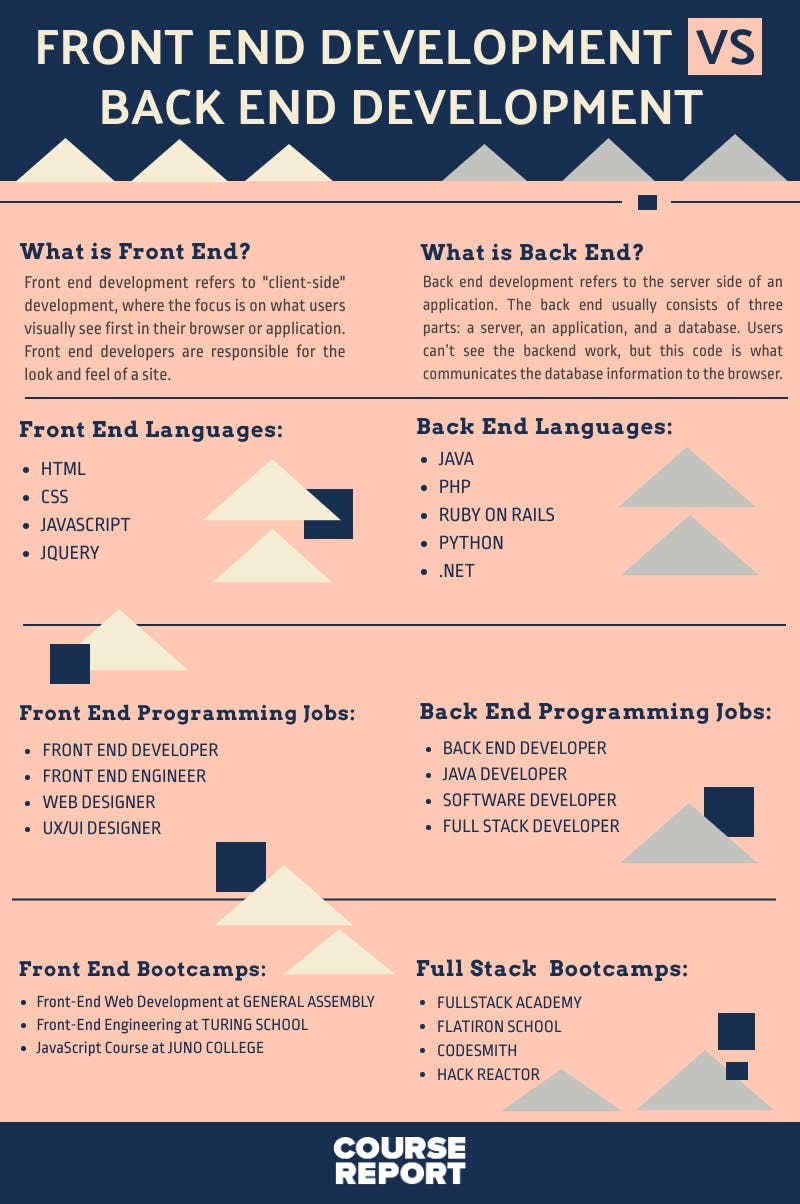Explore Insights with A4J6
A hub for the latest trends and information.
Code & Coffee: The Front-End Developer's Daily Grind
Discover daily tips, tools, and inspiration for front-end developers while enjoying your perfect cup of coffee!
5 Essential Tools Every Front-End Developer Should Use
Every front-end developer should be equipped with the right tools to enhance productivity and streamline their workflow. Here are 5 essential tools that can make a significant difference in your development process:
- Visual Studio Code - This versatile code editor offers powerful features such as IntelliSense, debugging, and Git integration, making it an indispensable tool for any developer.
- Chrome Developer Tools - Built into the Chrome browser, these tools allow you to inspect and edit HTML, CSS, and JavaScript in real-time, facilitating easier debugging and optimization of your web applications.
- Figma - A collaborative interface design tool that helps developers and designers work together seamlessly on UI/UX projects.
- Git - This version control system is crucial for managing changes in your codebase, allowing for better collaboration and project management.
- Webpack - A module bundler that simplifies the asset management process by packaging files and dependencies, improving load times and performance.
Utilizing these 5 essential tools not only boosts your efficiency but also aids in producing high-quality code. By staying updated with the latest technology and consistently integrating new tools into your development process, you can ensure that your projects remain competitive and relevant in the ever-evolving landscape of front-end development.

How to Master CSS Flexbox: A Step-by-Step Guide
Mastering CSS Flexbox is essential for web developers looking to create responsive and flexible layouts. To begin your journey, it's important to understand the core concepts of Flexbox, which revolves around the flex container and flex items. Start by declaring a container with display: flex; in your CSS. This simple line enables the flex context, allowing you to utilize various Flexbox properties such as flex-direction, justify-content, and align-items to control the layout of the child elements. Understanding how these properties interact will significantly enhance your ability to design complex layouts with ease.
Next, practice using common Flexbox properties through examples. For instance, if you want to align items horizontally, set flex-direction to row. To space items evenly, use justify-content: space-between;. A great way to solidify your understanding is to create a small project where you implement various Flexbox techniques. Consider building a navigation bar or a card layout. As you experiment, remember to utilize browser developer tools to visualize the flex properties in action, enabling you to troubleshoot and refine your designs effectively.
What’s New in JavaScript ES2023? Key Features You Should Know
The JavaScript ES2023 update brings several exciting features that enhance the language's functionality and usability. One of the most notable additions is the Array.findLast() and Array.findLastIndex() methods, which allow developers to easily locate the last instance of a specified element in an array. This is particularly useful for scenarios where the most recent item is of interest. Additionally, the introduction of top-level await simplifies working with asynchronous code by allowing developers to use the await keyword at the top level in modules without needing to wrap it in an async function.
Another significant feature is the expanded support for weak references through the implementation of WeakRefs and the finalizationRegistry, enabling more effective memory management. Developers can now create weak references to objects, preventing them from being forcibly kept alive in memory, hence aiding garbage collection. Lastly, the import.meta.resolve is another welcome feature, which facilitates dynamic module resolution, allowing developers to fetch modules more conveniently based on their context. These enhancements collectively streamline code, improve performance, and expand the capabilities of modern JavaScript development.